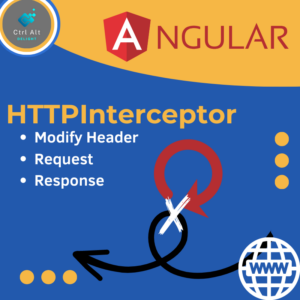Prerequisites
- Basic knowledge of programming: Some basic knowledge of programming concepts such as variables, functions, and conditional statements will be helpful, but not mandatory.
- Text editor or IDE: You will need a text editor or integrated development environment (IDE) to write and edit your code.
- Terminal or command prompt: You will need to use the terminal or command prompt to run commands and install Node.js.
By fulfilling these prerequisites, you will be able to successfully set up Node.js for a new project and start building applications using it.
Installing Node.js
- Open your web browser and go to the official Node.js website at nodejs.org.
- On the Node.js homepage, click the “Download” button to download the Node.js installer for your operating system. For example, if you are using a Mac, click the “macOS Installer” button to download the installer for macOS.
- Once the download is complete, double-click the installer file to run it. Follow the prompts to complete the installation process.
- To verify that Node.js has been installed correctly, open the terminal or command prompt and type node -v. This should display the version number of Node.js that you just installed. For example, if you installed Node.js version 16.14.0, the output would be something like v16.14.0.
Creating a new project
- Open the terminal or command prompt on your computer.
- Use the cd command to navigate to the directory where you want to create your new project. For example, if you want to create your project in the “Documents” folder, type cd Documents and press Enter.
- Once you are in the desired directory, use the mkdir command to create a new directory for your project. For example, to create a new directory called “my-project“, type mkdir my-project and press Enter.
- Use the cd command to navigate to the new directory you just created. For example, type cd my-project and press Enter.
- To initialize a new Node.js project, run the npm init command. This will prompt you to answer a series of questions about your project, such as the project name, version, description, author, and license. You can either provide answers to these questions or press Enter to accept the default values.
- Once you have initialized your project, you can install any required dependencies using the npm install command followed by the package name. For example, to install the “express” package, type npm install express and press Enter.
cd Documents
mkdir my-project
cd my-project
npm init
npm install expressYour new Node.js project is now set up and ready for development. You can start writing code and building your application using Node.js.
Conclusion and further References
Now that you have learned the necessary steps to create a new Node.js project, there are several guides available to help you build specific types of applications using Node.js. For instance, you can find guides on building a Node.js HTTP server and creating a Node.js REST API with Express. These guides will provide you with further insights on how to develop various types of applications using Node.js.

